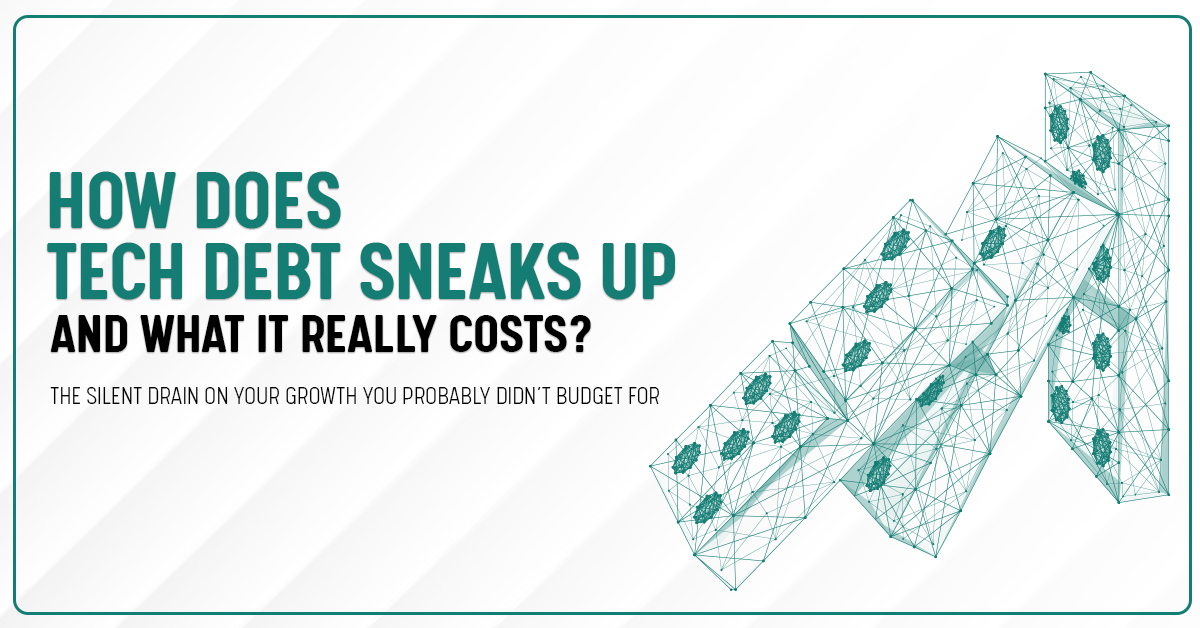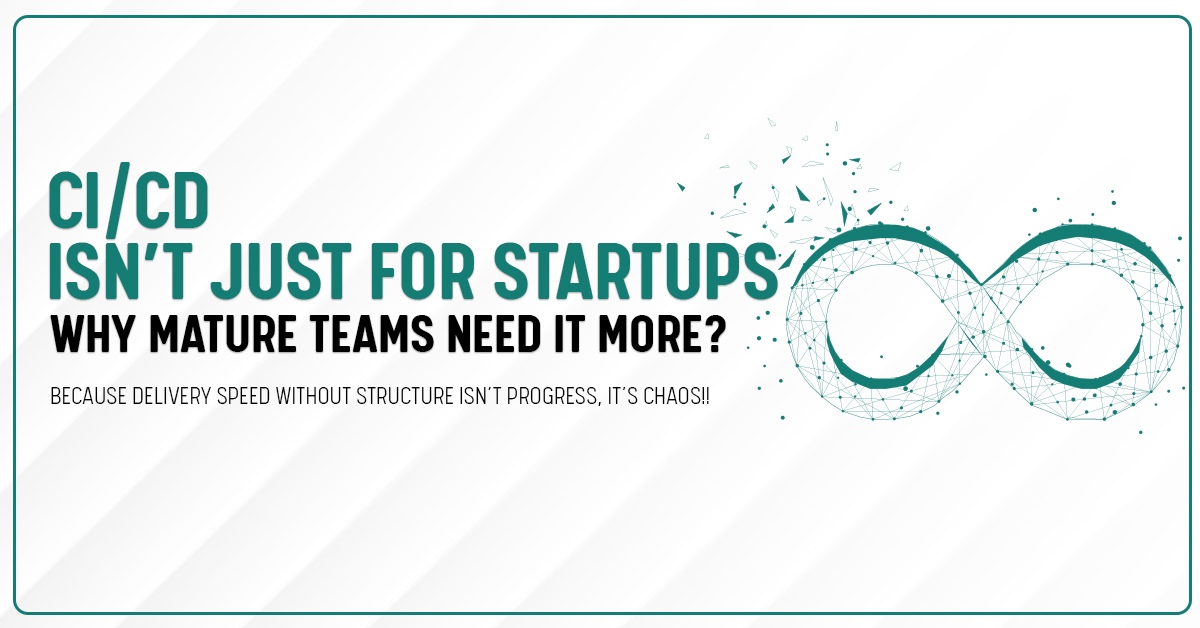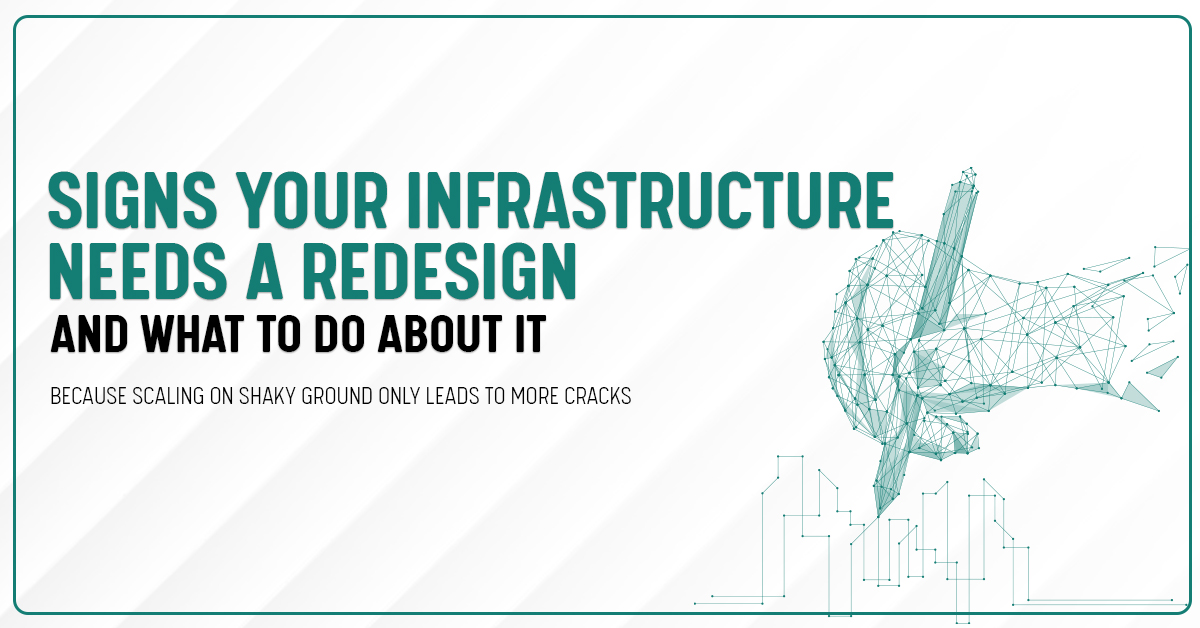When most people think of continuous monitoring, they think of alerts. Ping. System’s down. Fix it. Crisis averted.
That’s part of it, sure, but it’s not the whole story.
When done right, continuous monitoring does a lot more than help you keep the lights on. It gives you the kind of visibility that improves performance, efficiency, security, and even decision-making.
Let’s break down what that actually means, and why it matters more than ever.
It’s Not Just About Downtime
A monitoring system that only tells you when something is broken is basically an alarm bell. Useful, but reactive.
Continuous monitoring, on the other hand, is about awareness. It’s the difference between hearing the fire alarm and having smoke detectors, a sprinkler system, and someone on call 24/7 who knows where the extinguishers are.
When you monitor continuously, you’re collecting live data about how your systems behave in the real world, under load, during deployments, and across user patterns that change hour to hour.
The Benefits That Go Beyond “Is It Up?”
1. Performance Tuning Gets Real
Your app might work perfectly in testing, but production is where the truth lives.
Continuous monitoring shows you:
-
Which queries are too slow
-
Which endpoints are used most
-
Where latency spikes under load
-
How new features affect performance
With that insight, you’re not guessing what to optimize. You have the proof.
2. It Shines a Light on Inefficiency
Sometimes the system isn’t broken, it’s just expensive.
You might spot:
-
Over-provisioned resources that sit idle
-
Instances running 24/7 when they could scale down
-
Storage that could move to a cheaper tier
-
Bandwidth costs that could be reduced with a CDN
When you’re watching what you use, you pay for what you need, nothing more.
3. Security Becomes Proactive
Monitoring logs and metrics can reveal suspicious activity long before it becomes a breach.
Think:
-
Unusual login patterns
-
Unexpected API calls
-
Configuration changes at odd hours
With continuous monitoring, your team can catch these anomalies quickly, tighten controls, and prevent what could have been a big headline.
4. Deployments Get Safer
Ever shipped a “harmless” update that quietly broke half your stack?
When your pipeline includes monitoring hooks, you can:
-
Catch bugs in staging before they reach production
-
Compare performance before and after a release
-
Roll back instantly if something looks off
It’s not about fear, it’s about confidence.
5. It Gives Leaders Clarity, Not Just Data
Smart monitoring turns endless logs into insight you can act on.
You don’t just see:
“CPU usage spiked.”
You see:
“We need to rethink scaling rules for peak traffic. Let’s adjust.”
This feeds better forecasting, smarter resource allocation, and less finger-pointing when things go wrong.
What It Looks Like in Practice
One of our clients, a fast-growing e-commerce platform, used to have downtime spikes during sales events. Their old setup? They’d cross their fingers, watch the servers, and scramble to scale up when traffic jumped.
After setting up continuous monitoring with auto-scaling, real-time alerts, and usage dashboards, they saw:
-
Faster response to unexpected spikes
-
Fewer 3 AM emergencies for the ops team
-
A clear view of what needed re-architecting for next season
Same infrastructure. Better awareness. Better outcomes.
How to Get Started
Good news: you don’t have to build a giant monitoring stack overnight.
Start small.
Pick a key service or application, and track the basics:
-
Uptime
-
Latency
-
Error rates
-
Resource utilization
Then build out:
-
Alerts that make sense (no more notification fatigue)
-
Dashboards for teams who need them
-
Hooks into your CI/CD pipeline
Over time, your monitoring grows with you. And the more you see, the more you can improve.
Final Thought: Make Monitoring Part of How You Work
Continuous monitoring isn’t just a safety net. It’s a feedback loop. The data you collect today shapes the decisions you make tomorrow.
When your systems talk to you, you can listen and act.
Need help building a monitoring setup that’s more than just an alarm bell?
We’ve helped businesses design observability that supports growth, security, and smarter decisions.




